

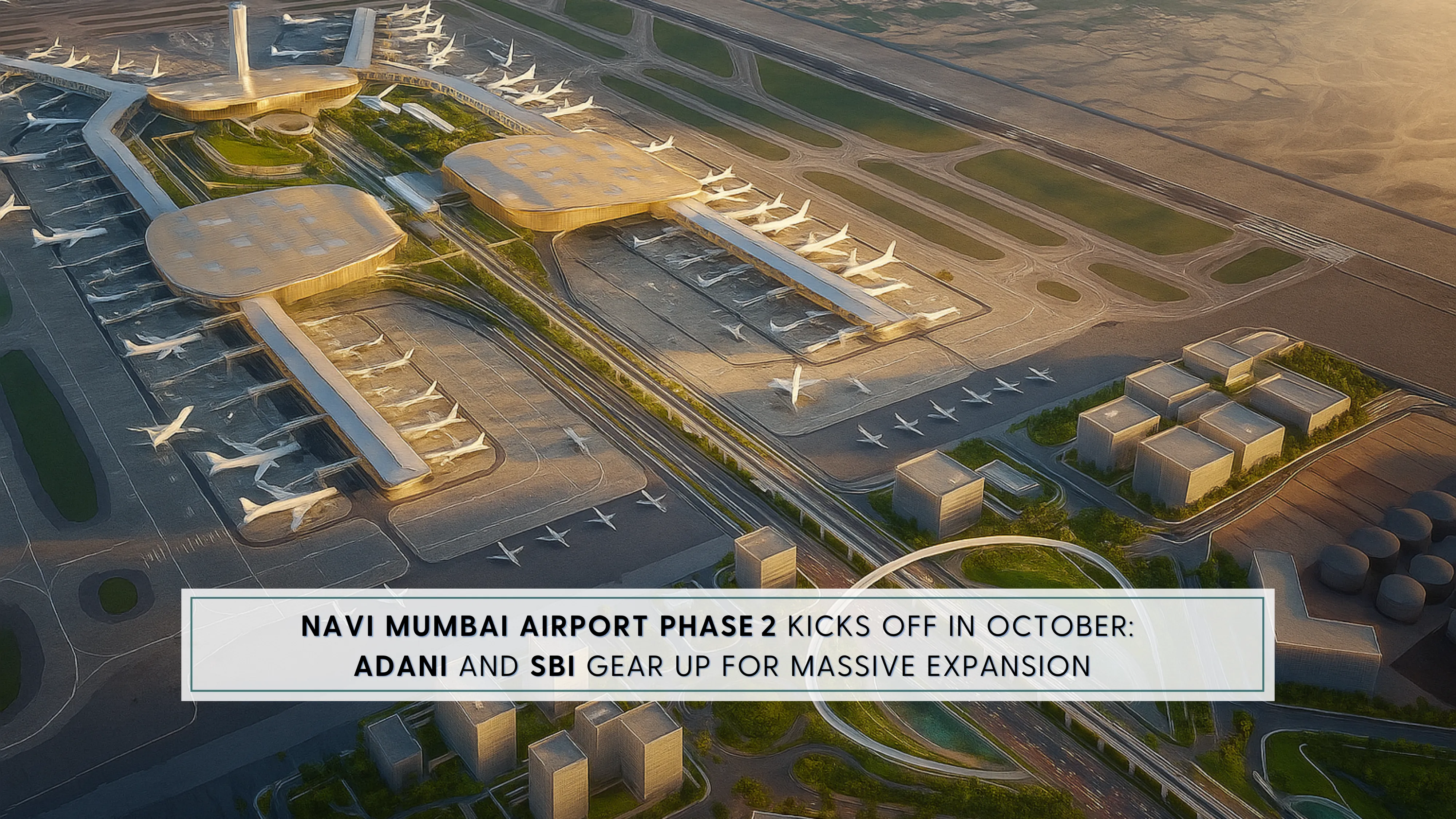
Navi Mumbai has watched in anticipation as India’s second major airport in the Mumbai metropolitan region nears completion. With the first phase, including a single runway and a terminal built to handle 20 million passengers annually, expected to go live between June and August 2025, attention is now turning to what comes next. Set to begin in October 2025, Phase 2 will bring a second terminal, additional runway, and a significant capacity upgrade, promising to reshape both aviation and the economy in Navi Mumbai and beyond.
The Adani Group–led Navi Mumbai International Airport Ltd (NMIAL) operates under a 74:26 joint venture with CIDCO, as of April 2021, placing Adani Airport Holdings Ltd in control with the major equity share. The SPV was formally established to design, build, finance, operate, and transfer this greenfield airport on a public-private partnership (PPP) basis.
The land acquisition, completed in July 2022, handed over 2,866 acres to Adani after extensive rehabilitation efforts. Construction efforts began that same month, with Adani marking approximately 57% project completion by November 2023.
In March 2025, Gautam Adani, the Group Chairman, confirmed the airport would be inaugurated in June 2025, reflecting confidence in delivery and readiness. The first phase’s financial close included a ₹12,770 crore loan led by State Bank of India (SBI) in 2022.
Looking ahead, Phase 2, covering soil studies and excavation is scheduled to launch in October 2025, with further expansion including a second runway and terminal to follow. These steps are set to position the project for capacity beyond current projections, signaling a long-term vision.
These expansions are carefully sequenced to prevent interruption of ongoing operations. A modular-build approach ensures that as one part of the airport ramps up, other sections remain fully functional.
To support the ambitious Phase 2, NMIAL is negotiating with the State Bank of India for funding. This follows a successful ₹12,770 crore loan closure with SBI for Phase 1 in 2022 and cements SBI’s role as a key financial partner. Ongoing report preparation with design and architectural inputs follows the completion of feasibility studies.
Airlines are already gearing up: IndiGo and Akasa Air have confirmed their intentions, while Air India is in active talks. Even as Phase 1 grows to handle 30 air movements per hour by April 2026, passenger services, from Digital Yatra to the Adani One app promise seamless travel, real-time navigation, and faster security screening.
Security enhancements will include body scanners, advanced CT X-ray units allowing electronics in hand luggage, alongside modern CCTV and screening systems.
The airport’s expansion is already influencing the surrounding real estate market. Improved connectivity via motorways, the Mumbai Trans Harbour Link, existing suburban railways, and Metro Lines 1 and 8 makes neighboring nodes like Panvel, Ulwe, and Kharghar highly attractive. Early investments in affordable and premium housing here are expected to reap long-term dividends as the airport scales up.
Commercial zones and logistics hubs will flourish alongside, benefiting from the airport’s multimodal network, including waterway, road, metro, and rail integration.
With Phase 2 scheduled to begin in October 2025 and full readiness by 2029, the Navi Mumbai International Airport stands as a national benchmark in planned, phased infrastructure development. The project’s public-private model, integrated financing with SBI, and technology-enabled passenger experience shine a light on future urban transit and development logic.
From a modest beginning handling 20 million passengers annually, this airport is poised to grow into a 90-million passenger international gateway, anchoring Maharashtra’s eastern aviation corridor and redefining travel and real estate markets across the region.

.webp)


.webp)
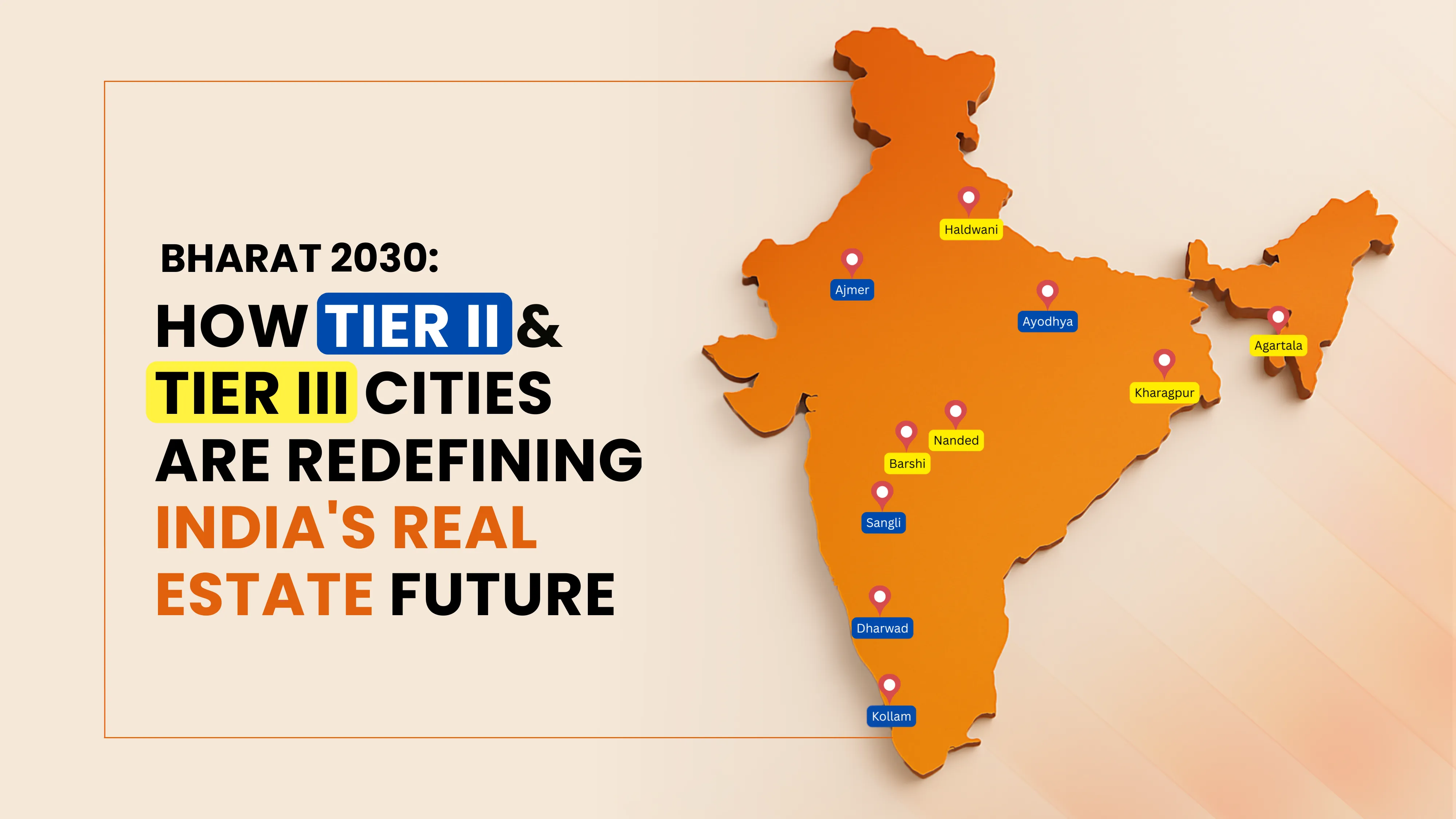

.webp)







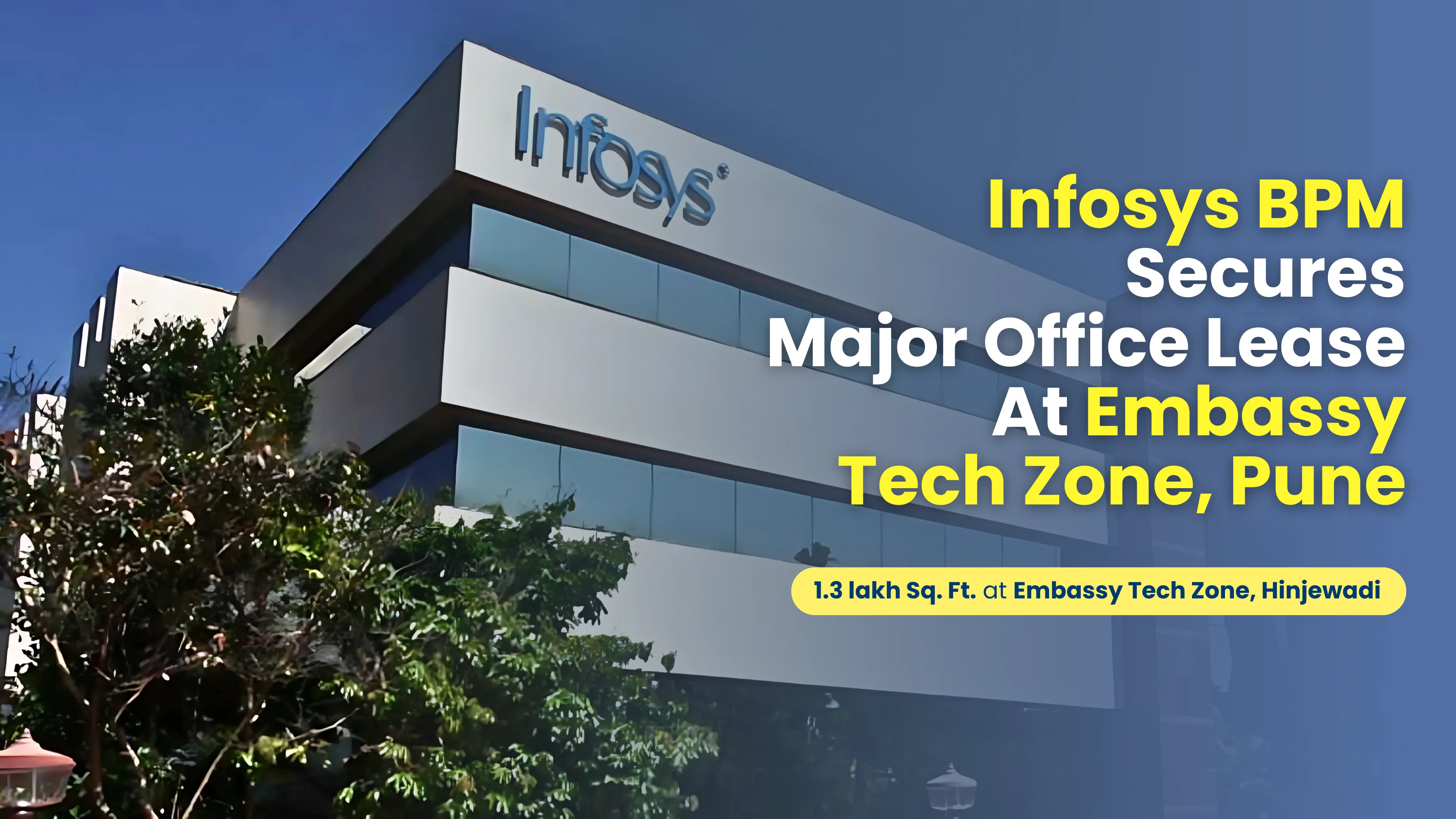
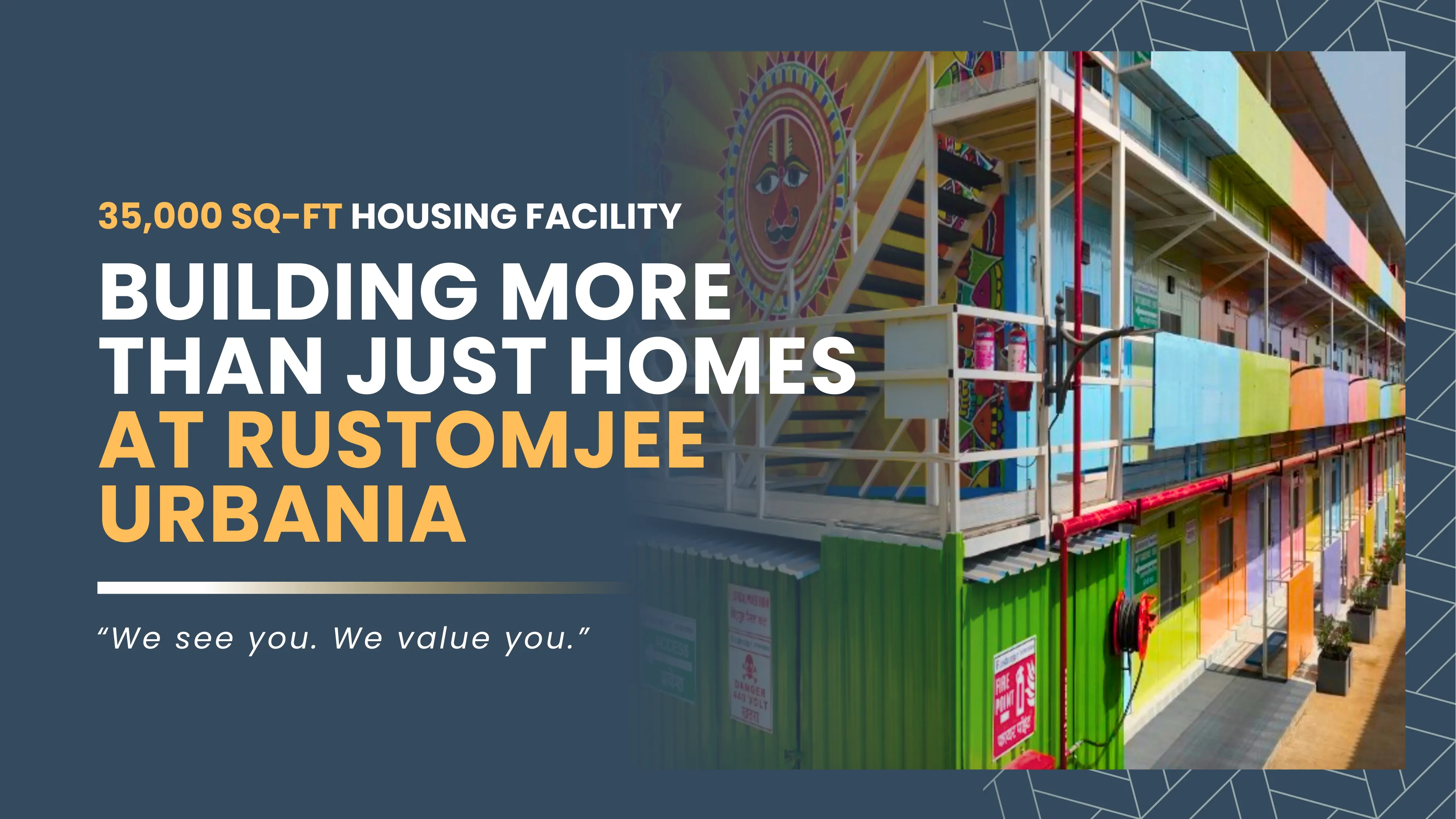

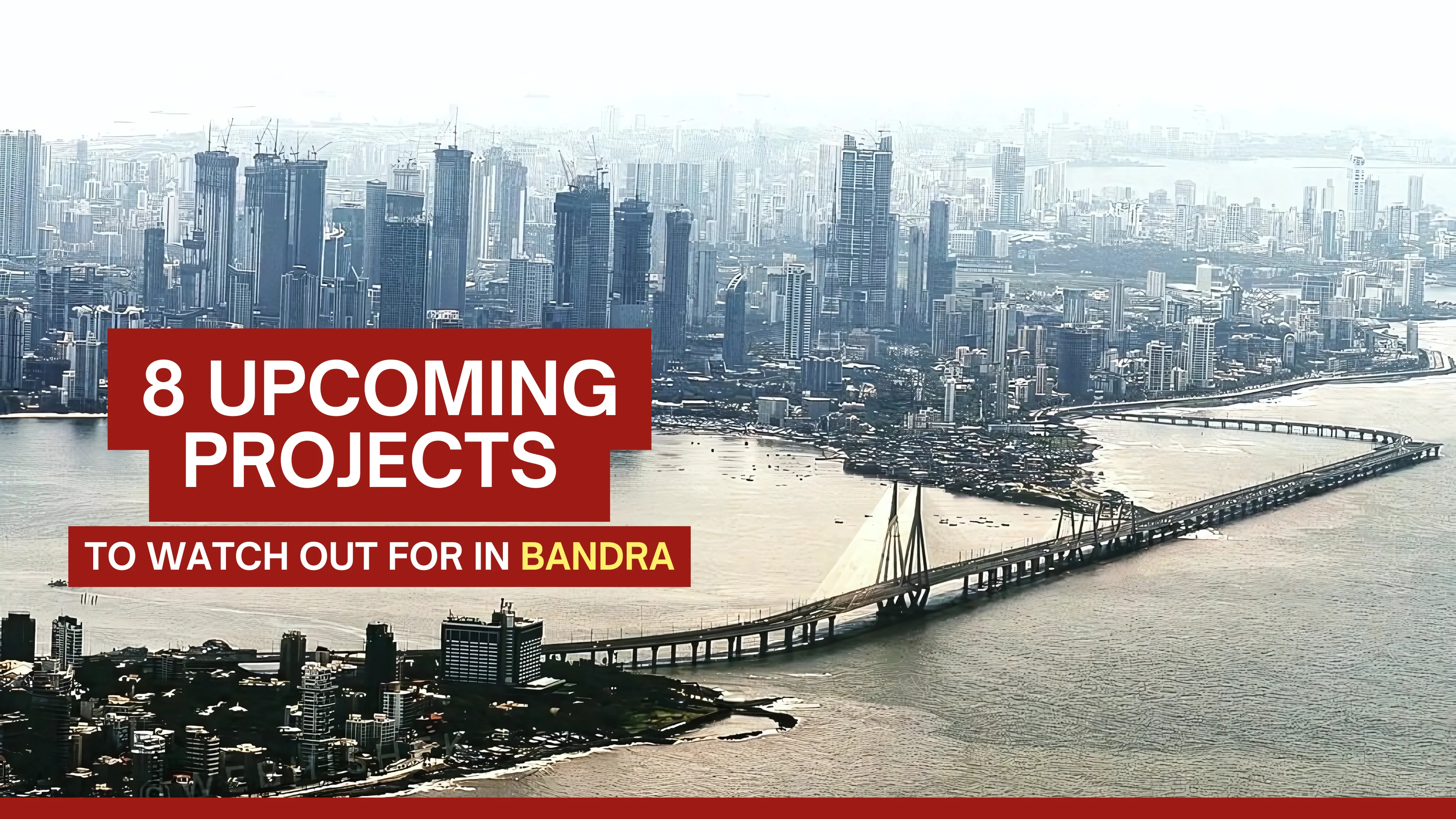






.webp)






